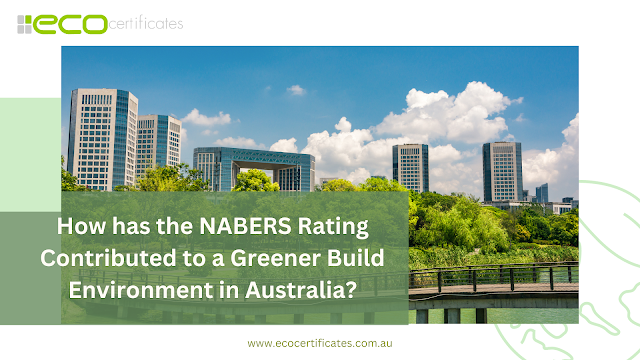BASIX Report: Facts to Know Before Landscaping in 2024

Have you ever wondered how a simple landscaping project can enhance the sustainability quotient of your building? The ultimate goal of the BASIX Report is to specify your building's sustainability index, and a landscaping project can add to its BASIX score. From lush greenery to vibrant blooms, landscaping not only turns your mundane yard into an inviting oasis but also helps preserve local ecosystems and prevent pollution. Sustainable landscaping, as promoted by BASIX, involves using multiple creative strategies to transform your garden or backyard into an environmentally friendly and climate-appropriate space. Let's delve into the article to uncover the know-how of BASIX-compatible landscaping in 2024. Sustainable Landscaping Practices Deploying the sustainable landscaping practices discussed below is vital to improving the Building Sustainability Index (BASIX). Native plants Incorporating native plants in your landscaping project offers multiple benefits. These plants are w...




.png)